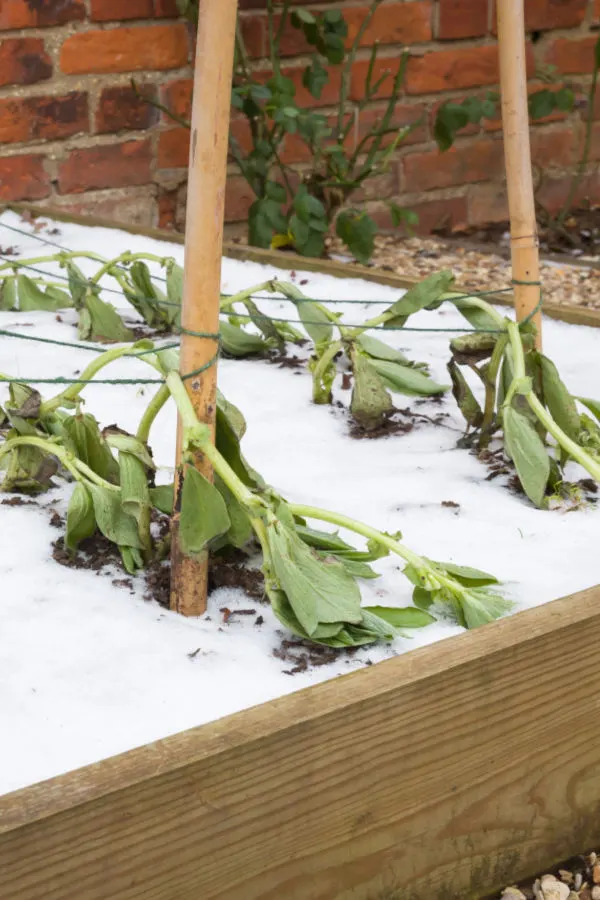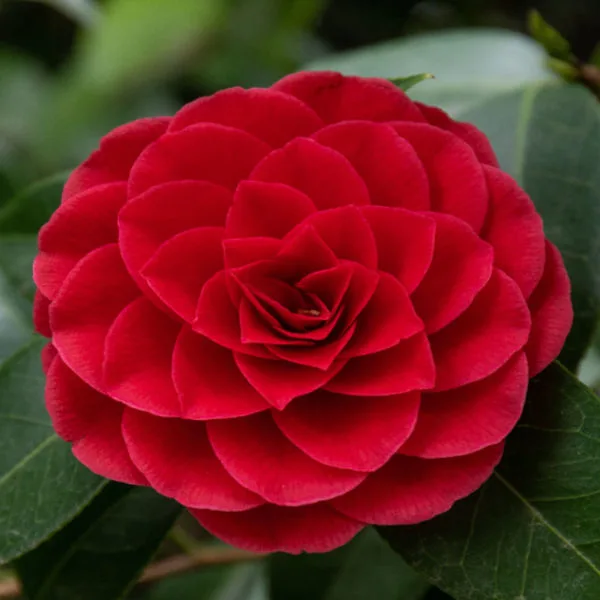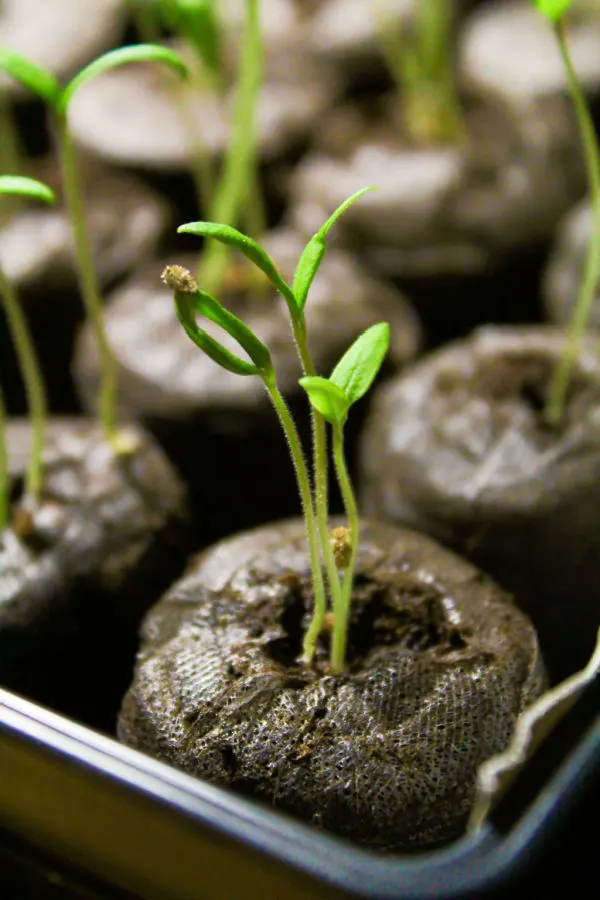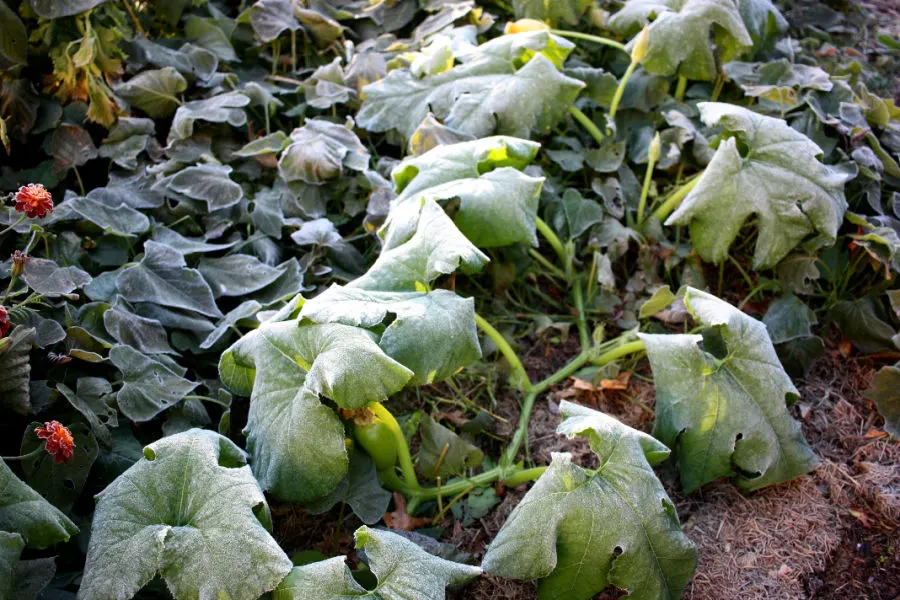One of the most confusing aspects of gardening is understanding just how growing zones and frost dates work – and how to use them to plant smart for your specific location and landscape.
When it comes to growing zones, it is certainly understandable how and why they can be so puzzling. In some growing zones a specific plant will grow without issue as a perennial, while in others, that same plant can only grow as an annual.
Adding to the confusion is the subject of frost dates and freeze dates. Not only do frost and freeze dates vary drastically from location to location, there is a lot of misunderstanding on what they actually mean. Is it truly a hard-fast planting guide, or just an estimate?

One thing is for sure, each year, gardeners lose millions of dollars due to their plants dying out. Everything from annuals and perennials – to shrubs, bushes and trees. Sometimes it’s due to planting too early. Other times because plants went in the ground too late in the growing year. And quite often, it is simply because the variety or plant chosen is not designed for the specific growing area.
Hopefully today’s article can answer all of the above questions – and shed light on how to use both a growing zone map and your area’s frost and freeze dates to plant better than ever!
Understanding Growing Zones, Frost Dates & Freeze Dates
Growing Zones & The USDA Hardiness Map
Knowing your specific area’s growing zone is extremely important for all types of garden situations. That includes vegetable plants, annual flowers, perennials and container gardening, as well as planting larger species such as shrubs, bushes and trees into your landscape.
So what are growing zones and how are they established? Long ago, the USDA (United States Department of Agriculture) began publishing a Hardiness Zone Map. The map features different growing zones throughout regions and swaths of the country – all of which help relate to which plants can survive and thrive in specific climatic areas.

Within the map, individual growing zones are separated by 10 degree Fahrenheit increments for each area. These zones then correlate to which plants can survive in each climate area. Or more precisely, which plants can survive the harsh range of low temperatures throughout winter.
Knowing Your Zone – Understanding Growing Zones
The zones on the U.S map range from 1 to 13, with 13 being the warmest winters of all, and 1 being the coldest. Each zone is given a number relating to the average coldest temperature in that specific zone.
In some cases, zones separate out even more with a sub-zone. These zones will have an “a” or “b” beside the zone number. Sub-zones help when there is an even slighter variation within a specific zone’s temperature range.
For instance, if you live in growing zone 5a, your plants need to be able to weather temperatures that can get to -15 to -20 Fahrenheit. 5b is slightly warmer with a range of -15 to -10 Fahrenheit.
Knowing & Understanding Growing Zones
So how does the USDA comes up with the temperatures for the separation of zones? They create their zone hardiness map based on the averages of extreme minimum temperatures over a thirty year period.

By using an average of the extreme minimums over a lengthy period, they can then create maps that show the most likely issues plants will face from freezing temperatures. It is very important to realize it is an average over a long period of time – and not from just a single season.
Armed with this information, a gardener can then select plants suited for his or her growing zone. But, of course, it is not a perfect science for sure. It’s important for a gardener to realize that the zones on the map are not exact. Instead, they are guidelines to grow what is most likely to succeed in your area.
Extreme cold can hit any area beyond the norm. And without some protection, plants can and will freeze out. That is exactly why when choosing plants, sticking with plants that are well within your growing range is always a best practice!
The good news is that finding your hardiness zone is simple! As a free resource, the USDA publishes a USDA Zone Hardiness Zone Finder on their website. Even better, it’s interactive. Just put in your zip code, and you will instantly find your exact growing zone.
Understanding Frost Dates & Freeze Dates
Not to be confused with growing zones and hardiness maps, frost and freeze dates are meant to help gardeners and growers determine when a damaging frost or freeze could affect their plants in their specific area.

Frost and freeze dates are not so much for perennials, shrubs, bushes and trees, but instead for more tender annual flowers and vegetable plants. More importantly, the dates are meant to help a gardener know when the best time for planting is for early spring and late fall gardening.
Frost Dates – Understanding Growing Zones & Frost Dates
A frost date is the average date when the temperature will go to 36° Fahrenheit or below. It is important to note that a frost needs moisture to occur. That means it can get to that temperature and frost might not occur, but it can when moisture is present.
Frost dates are set to help in planting and are created for each end of the growing season. Each area will have an average last frost date for spring, and an average first frost date for fall.
Freeze dates, like frost dates occur at both ends of the season as well. A freeze date is the average date when the temperature will fall below 32° or below. One is set for the average time the last freeze will usually occur in the spring, and another for when the average first time a freeze will occur in late fall.

Here is the important part for both frost and freeze dates – they are based on averages. They are simply guidelines to help in planting. Just because the average last frost date in your area passes, it does not mean you can plant tender vegetables or flowers without worry. Again, good practice is to wait beyond these dates a week or two.
Why Freeze & Frost Dates Are So Important
These dates are not just vital for knowing when to plant your flowers and vegetable transplants outdoors, but also for figuring out when to start seeds indoors for future planting. See : How To Know When To Start Your Seeds Inside – At Just The Right Time!
For that very reason, when planting your garden, flowerbeds or containers – allowing extra time in the spring past the average dates is always a good idea. For starters, the warmer temps help your plants grow better. In addition, it will also save you from having to worry about covering them up!
Frost or Freeze Warnings – Understanding Growing Zones & Frost Dates
With tender annual plants, how cold it gets will really determine the type of injury your plants might suffer. That is why there are four types of warnings that are issued in the spring or fall for plants:
- Frost Warning
- Light Freeze
- Moderate Freeze
- Severe Freeze
You can usually protect plants with plant covers for frosts and even light freezes down to 29° (F). The best way to do this is with a frost blanket or cover. They can be found in large sizes that can be draped over entire gardens, or cut down to cover specific plants. Best of all, they can be reused again and again. Affiliate Link: Frost Cover For Plants
Unfortunately, once the temperature drops to 28 degrees or lower, most annuals will have heavy damage. Moderate to severe freezes are extremely hard to protect plants from without drastic measures.
One interesting note on warnings is that after a hard freeze occurs in the fall for a specific area, no more warnings go out. Why? Because after a hard freeze, they already consider tender plants to have found their end!
Here is to knowing more about your growing zone and frost and freeze dates, and using that information to plant better than ever!
Follow Our Facebook Page For Great Gardening Tips And Advice! This Is My Garden Facebook Page
This Is My Garden is a garden website created by gardeners, for gardeners. Jim and Mary Competti have been writing gardening, DIY and recipe articles and books and speaking for over 15 years from their 46 acre Ohio farm. They publish three articles every week, 52 weeks a year. Sign up today to follow via email, or follow along!

